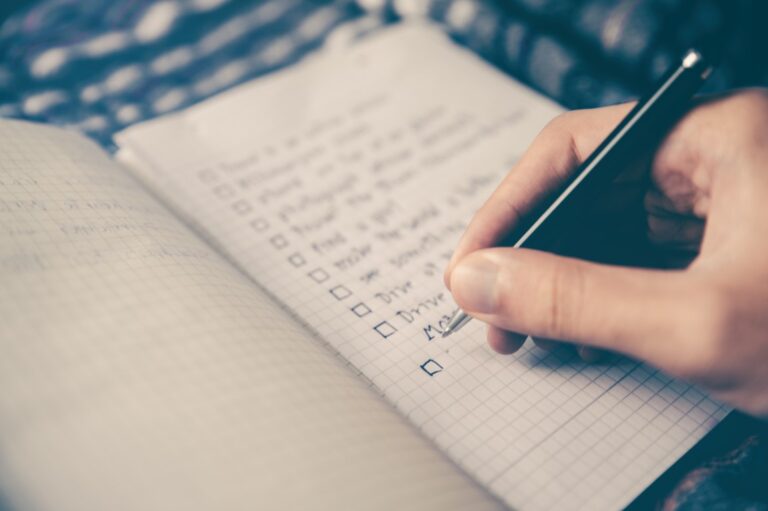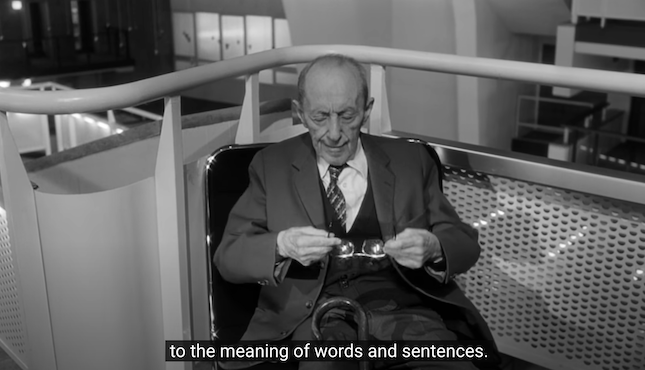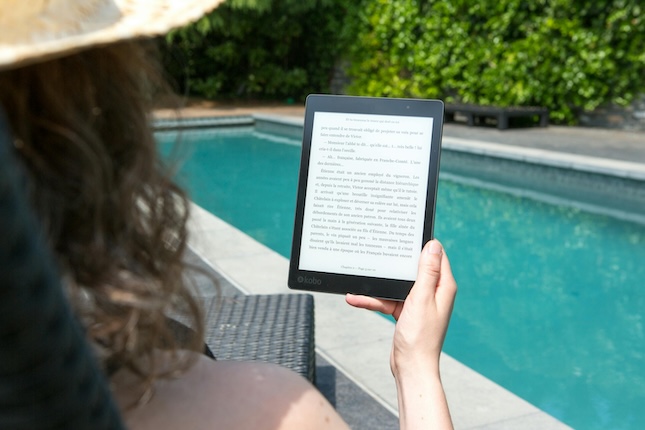Second Draft: How to Wrestle Your Story When You Finish the First Draft

Improve Your Story In The Second Draft
Work in your second draft is about smoothing out the bumps in your first draft. Your first draft drew on your creativity to create an intriguing story and bring characters to life. The second draft examines your writing, fills in missing elements, and strives to improve your story and your writing craft.
In the second draft, you bring in the heavy equipment to build a smooth road for your reader. You are switching to your editor mode, examining your story for any bumps. Those bumps are anything that brings the reader out of the story.
You want your plot to make sense, your syntax to flow, and your character roles to fit the story. Gear this editing process toward creating a smooth read.
How to Start the Second Draft of Your Manuscript
Start with a print copy of your manuscript and a pen. Some writers use different colored pens to indicate types of edits. My preference is to hold the pages together with a spiral binding. Your pages won’t get misplaced if you drop the manuscript or the cat spreads the pages.
Some authors also put the manuscript away for several days or weeks to help the reading feel fresh. You bring fresh eyes as you read, not as a writer, but as a reader. Your goal is to spot the places that will bring a reader up short or make them question the story.
You will read through the entire manuscript, marking potential edits as you go.
What to Look For in the Second Draft
The second draft edit helps you decide what to rewrite and whether the story organization stands or needs amendment.
- Find the best replacement for a placeholder word
- Fill in details from missing research
- Discover plot holes where the story jumps without exposition
- Reorder any scenes
- Trim character count by combining two or more minor characters into one
- Rewrite clunky sentences
- Rearrange paragraphs
- Rearrange scenes
- Reorder chapters
- Make sure sub-plots are closed
- Consider if a sub-plot furthers the main story
Your goal is to find the places that need work to create a smooth read. That is why reading the story as a reader helps you find places that raise questions. A sequence may have made sense when you were writing, but now it seems misplaced or needing more.
As you reread, look at what isn’t happening, at what you thought you were writing. Also check for redundant information.
Suspend Judgment of Your Writing Self
Yes, you have a big editing job as you read the first draft.
Your mindset is critical to making the second draft edits work. As you read your story, finding weak points, do not judge yourself as a writer.
The reason you are going through your manuscript is to improve your story. If a sentence feels weak, or a character takes up too much of your story, use your critical reader mind to note where you need improvement.
No writer creates a perfect first draft. The purpose of the second draft is to spot places to improve your story.
You Are Improving the Big Picture
This edit focuses story balance—how the story flows, character roles, raising stakes, heightening story tension, if each scene makes sense, if sub-plots support the main story. You are looking at the way a reader responds to your novel.
You will add to the story, include more details, and fix problems.
Avoid correcting grammar and punctuation until you have completed your rewriting. There’s no point in fixing fine details of passages you may eliminate or rewrite.
The Two Phases of the Second Draft
Finding the weak spots in your story is the first phase of the second draft.
Once you’ve identified the weak spots, start making the changes.
The second phrase is rewriting the sections you found needed help. That could be shortening descriptive passages, combining minor characters into one character, adding story events to eliminate plot holes, emphasizing the main character’s personality traits.
Think of the second draft as a learning phase to improve your story. You want to complete the story so your reader won’t be confused or frustrated. The changes you make aim for continuity, context, and flow.
In the end, you’ll have a better story for your reader.
Photo by Chris Chow on Unsplash



